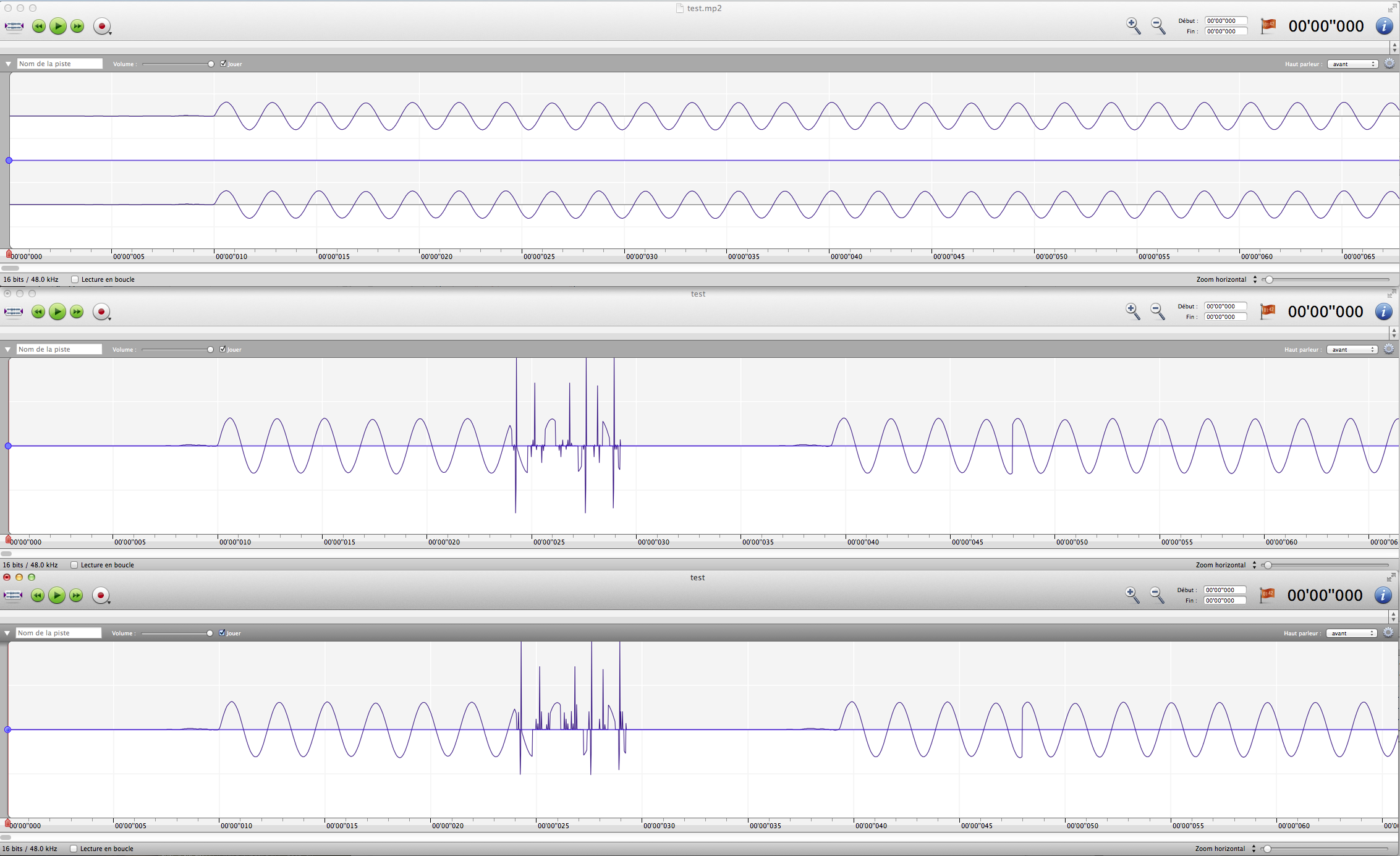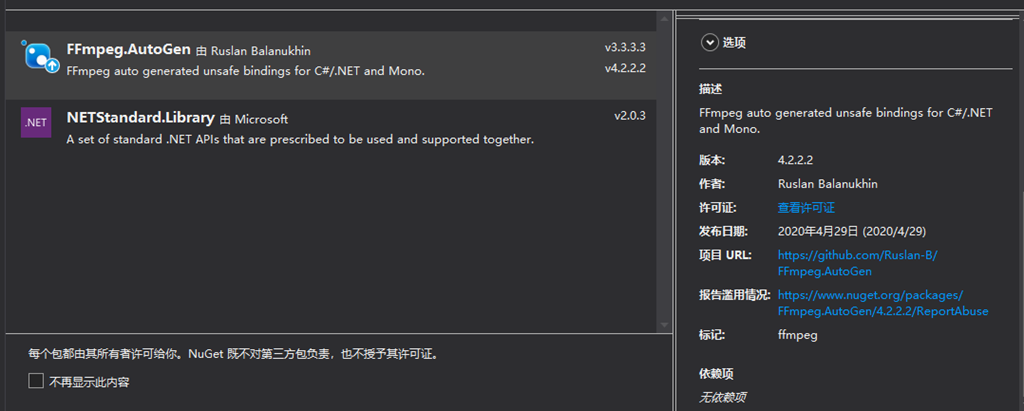


Or, to achieve the exact same thing, you could also execute this command: ffmpeg -y \ In a general NLE, you might do things like these: But, it does not have a graphical interface in that sense as those behemoths do, and unarguably it is way less friendly.

When you need to implement a service that manipulates video, or just have 300 media files that need to be converted into a different format, FFmpeg is your - nerdy - friend.įFmpeg can do large chunks of the basic functionalities of a modern Non-linear (NLE) video editors, e.g., Davinci Resolve Studio or Premiere Pro. I think of FFmpeg as the go-to application for audio/video manipulation in an automated or scripted manner. No matter if they were designed by some standards committee, the community or a corporation." It supports the most obscure ancient formats up to the cutting edge. Feel free to skip the parts that are already trivial for you! Introduction to FFmpegį's definition is the following: "FFmpeg is the leading multimedia framework, able to decode, encode, transcode, mux, demux, stream, filter and play pretty much anything that humans and machines have created. But before that, we'll cover some base ground to help you understand basic media concepts and FFmpeg. In this guide, we'll go through the hot topics of FFmpeg.


 0 kommentar(er)
0 kommentar(er)
